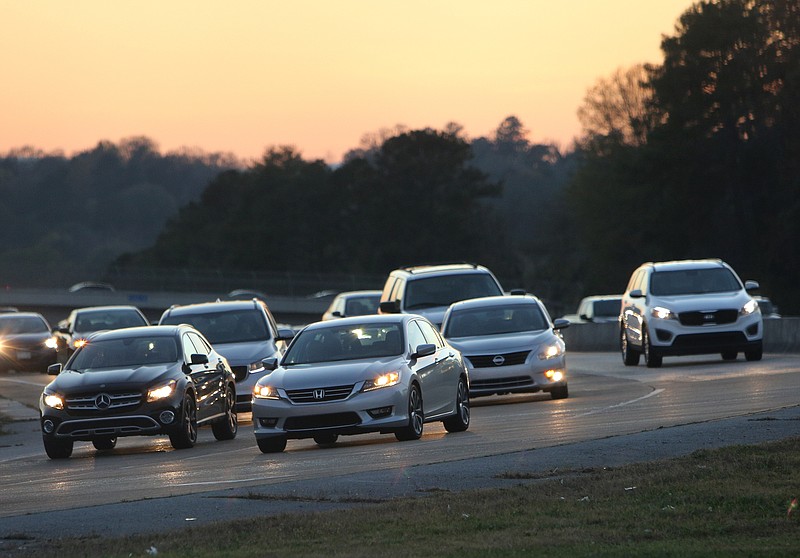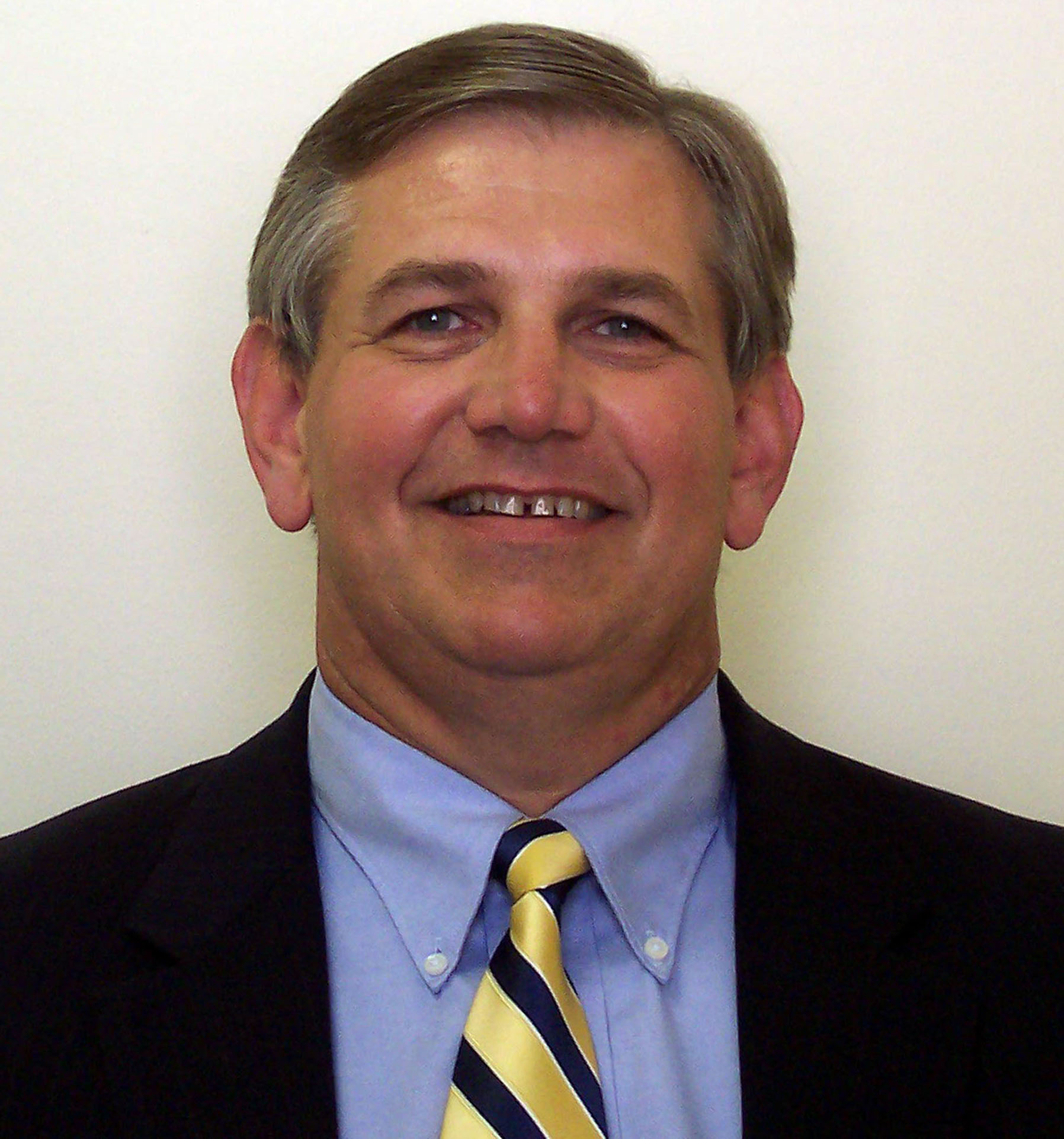The uniquely American holiday we call Thanksgiving is a time during which we reflect upon our blessings and share with friends and family. But first we have to get together, and that frequently requires travel.
The very idea that so many of us routinely board a plane to visit Grandma or drag the kids to Mount Rushmore is indeed an exemplar of the power of free market capitalism, for which we should all be grateful. The democratization of travel, and air travel in particular, could not have happened without a bold decision taken in 1978: the deregulation of airfares. The result has served as a textbook example of how consumers benefit when government backs away to allow the market to allocate resources and set prices according to supply and demand.
Throughout the 1960s and 1970s, the air transport industry was heavily regulated by the federal government. The Civil Aeronautics Board (CAB) ruled over the entry and exit of commercial airlines, and tightly controlled passenger fares and freight rates. Carriers were forbidden from competing on price, and were essentially guaranteed a profit regardless of load factors (percentage of seats sold). Half-empty flights were common, and competition was limited to non-fare amenities like hand-carved filet mignon and piano bars in the first class lounge. Hence air travel was an expensive luxury available only to a select few.
President Jimmy Carter, at the behest of his economic adviser, Alfred Kahn, made the courageous decision to lift these paternalistic regulations with the intention of promoting consumer welfare through unfettered competition. Knowing full well that the transition would be disruptive, President Carter withstood withering criticism and dire warnings from critics. Opponents predicted increased concentration in the hands of fewer carriers (true), diminished passenger safety (false), and higher fares (epic fail).
The process of adjustment when a market is allowed to operate can be chaotic. Economist Joseph Schumpeter referred to the life and death cycle of capitalist enterprises as "creative destruction," necessary to the ultimate equilibrium that maximizes the welfare of the most consumers.
Prior to 1978, 11 major airlines and numerous small carriers shared a highly fragmented and inefficient market. Today, four airlines provide 80 percent of domestic air travel. Legendary liveries like PanAm, Eastern, TWA and Braniff were relegated to the boneyard, while Northwest, US Airways, Continental and dozens of other operators were subsumed into the surviving mega-carriers. Indisputably, the employees and shareholders of the defunct airlines found the process disruptive.
But despite the consolidation, consumers as well as the overall economy and the industry itself have clearly benefitted from this creative destruction.
Aviation safety has markedly improved despite deregulation. The average number of fatal accidents per million flights has declined by 90 percent from over four in 1978 to less than 0.5 in 2016. You are literally four times more likely to be struck by lightning and twice as likely to check out from a bee sting than you are to die in a passenger airplane crash.
As for the cost: even the most enthusiastic proponents underestimated the benefit. After adjusting for inflation, the average round-trip domestic ticket has declined from $617 before deregulation to $366 in today's dollars, including all ancillary charges like baggage fees. And the average real cost per mile flown has fallen in half. As a result, over 2.5 million people fly in and out of U.S. airports every single day. That is a testament to the force of free markets asserting the will of the consumer.
And that is something for which we should all be thankful.
Happy Thanksgiving to one and all.
Christopher A. Hopkins, CFA, is a vice president and portfolio manager for Barnett & Co. in Chattanooga.

